
Biography
Sneed B. Collard III grew up in Santa Barbara, California. With two parents working at the university as biologists, Sneed developed an early curiosity and love for science and the natural world. When his parents divorced, Sneed’s father moved to Florida and his mother married another scientist. During high school Sneed’s mother and stepfather took him on a research trip to Asia, an experience that would inspire him to travel extensively as an adult.
After high school graduation Sneed took a job as a cook at Mount Rushmore. Once he saved enough money, he flew to Israel, worked on a kibbutz, and then hitchhiked across Europe. After returning to the U.S., Collard enrolled at the University of California at Berkeley and studied marine biology. After electro-shocking and weighing fish one summer for the California Department of Fish and Game, Collard decided he’d rather earn a master’s degree in scientific instrumentation than work as a biologist. Yet while working as a computer consultant for biologists, he finally realized exactly what he wanted to do: write about science for young people.
Collard’s first published piece was an article for Highlights for Children magazine about a deep-sea shrimp. After writing more magazine articles for the next four to five years, he published his first children’s book, Sea Snakes. Through a combination of persistence, first-hand research, and travel, Collard began to carve out a niche for himself as a nonfiction science author for young people. Research trips to places like Costa Rica and Australia led to books about interesting topics such as cloud forests and coral reefs. In 2006 Collard received the Washington Post-Children’s Book Guild Nonfiction Award for a body of work that “has contributed significantly to the quality of nonfiction for children.”
Today Sneed B. Collard III lives in Missoula, Montana with his wife and children. When he is not writing, conducting research, or visiting schools, he likes to hike, garden, and play Frisbee with his dog.
Books by this author
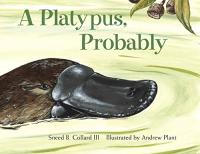
What has a bill like a duck and the body of a beaver? Probably a platypus! These unusual creatures are suffering from a loss of habitat. Meet this marvelous egg-laying mammalsl in brief but readable text and realistic images.
A Platypus Probably
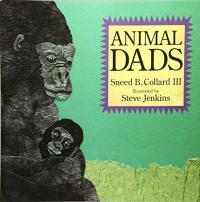
Lush collage illustration and clear text share information about male animals and how they care for their young. Text is presented so that it can be shared readily briefly or in greater detail.
Animal Dads
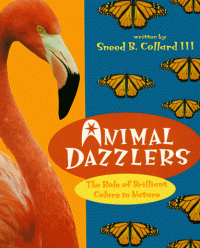
Informal text and photographs of multi-hued animal subjects explain the reasons for their coloring.
Animal Dazzlers: The Role of Brilliant Colors in Nature
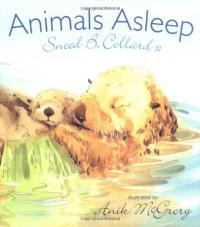
Fascinating sleep habits of various animals are presented in short text and full-color, appealing illustrations. The text can be read in a shorter form in a larger typeface or in its entirety.
Animals Asleep
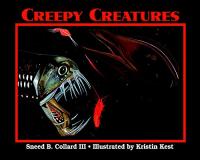
Animals look and behave as they do for a reason. It’s for communication, to help get food, or for defense. Detailed illustrations and crisp text provide brief information about the topic of why animals look like they do.
Creepy Creatures
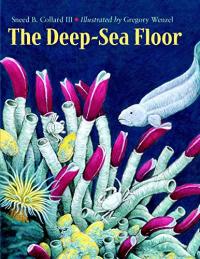
Rich, realistic illustrations accompany clear text as readers explore what lives in the ocean, the geology of the ocean floor, and the biodiversity. Additional resources are suggested to learn more about he subject.
Deep Sea Floor
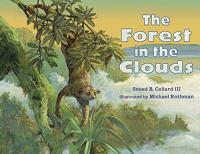
The rain forest of Costa Rica comes to life in vivid paintings and readable text. Readers are introduced to the rich and diverse ecosystem that exists in the misty tops of the forest of trees of the Monte Verde cloud forest.
Forest in the Clouds

The biomes of North and South America are introduced clearly and briefly, describing how flora and fauna have adapted to the particular climate. Lush illustrations evoke place and extend information.
Many Biomes, One Earth
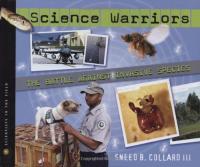
This worthy addition to the “scientists in the field series” is filled with information presented visually and textually about the impact of invasive plant and animal species. Their impact can be devastating and irrevocable though readers are encouraged to take action.
Science Warriors: The Battle Against Invasive Species
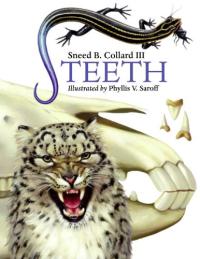
From great white sharks to tigers, animals use their teeth for various reasons — much of which is quite amazing. An informal text combines with full-color illustrations to introduce the function and form of teeth. A glossary and additional resources are included.
Teeth
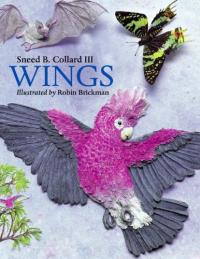
Many creatures have wings: birds, bats, insects. How these amazing appendages work and how they are used are presented with brief text and stunning collage illustrations for a memorable look at flight.
